Reverse Lights Not Working? (5 Causes and How to Fix)
Your vehicle’s lights inform other drivers on the road what you’re up to, and of all the lights on your vehicle, the reverse lights are some of the most important. But what do you do when the reverse lights aren’t working the way they should?
What are some common causes for this serious problem, and more importantly, how do you fix it? We’ll walk you through everything on how the system works and give you some troubleshooting tips so you can figure out what’s going on and get it back in working order.
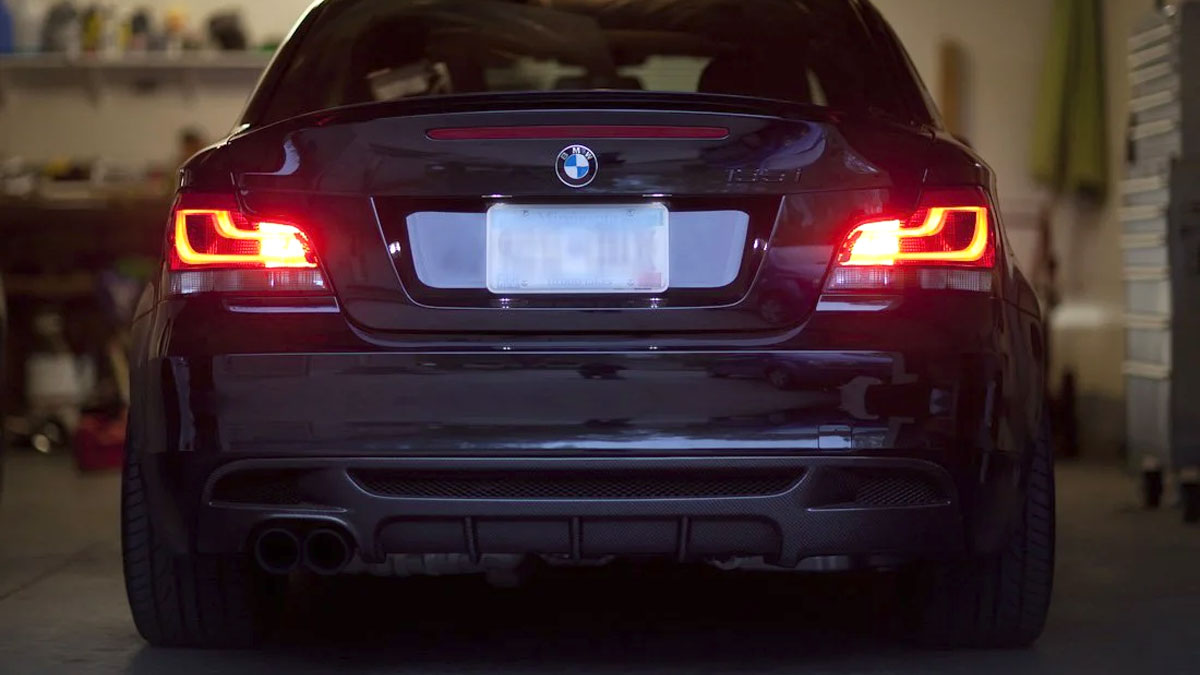
Related: 6 Reasons Your Tail Lights Don’t Work (But Brake Lights Do)
How Reverse Lights Work
If you want to fix a problem, you need to know how it’s supposed to work. With reverse lights, it’s a pretty straightforward process that we’ll walk you through here.
You start by putting the vehicle in reverse. Whether the vehicle has an automatic or manual transmission, this shifts the gear selector at the gearbox into the correct gear. While it rotates, the reverse light switch rotates with it. When it goes into reverse everything lines up to complete the circuit.
The power goes through a fuse or a relay, and the reverse lights turn on. When you shift the vehicle out of reverse, the switch opens, cutting power from the system and turning off the lights.
Reasons Your Reverse Lights Don’t Work
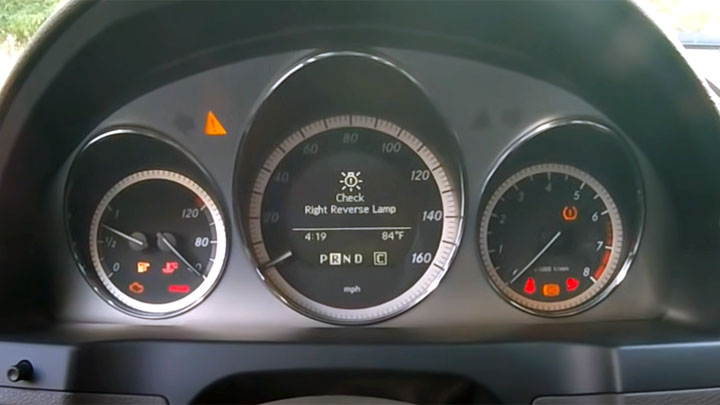
If you can’t get your reverse lights to turn on, that’s a serious problem. But to figure it out, you need to know what could be causing it. We understand, and that’s why we highlighted five of the most likely reasons your reverse lights aren’t working correctly for you here.
#1 – Blown Bulb
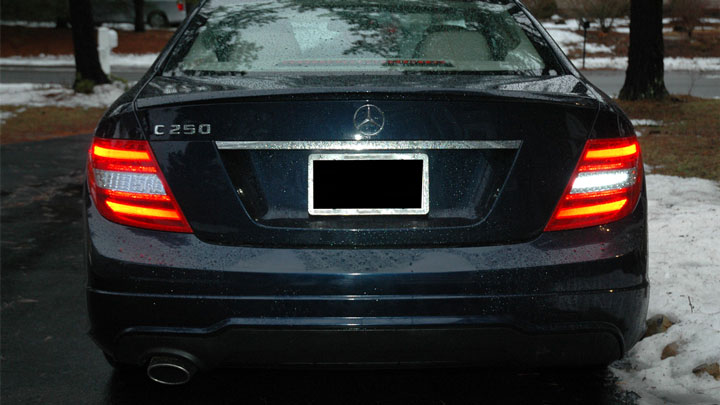
While this likely isn’t the problem if none of your reverse lights are working, it might be the issue if you just replaced all the bulbs or if only one or two of the reverse lights aren’t working.
The good news is that this is one of the easiest problems to fix, and it doesn’t cost much or require much work to see if this is the problem.
#2 – Blown Fuse/Relay
If your reverse lights worked fine one day and cut out completely the next, there might be a blown fuse or damaged relay somewhere in the circuit. It’s a pretty common problem, but it’s one that many people overlook.
Before jumping to more complicated issues, rule out the simple stuff, and few things are as simple as a blown fuse or relay. Power needs to run through these components for the reverse lights to work.
See Also: 4 Signs of a Faulty Headlight Relay
#3 – Defective Reverse Light Switch
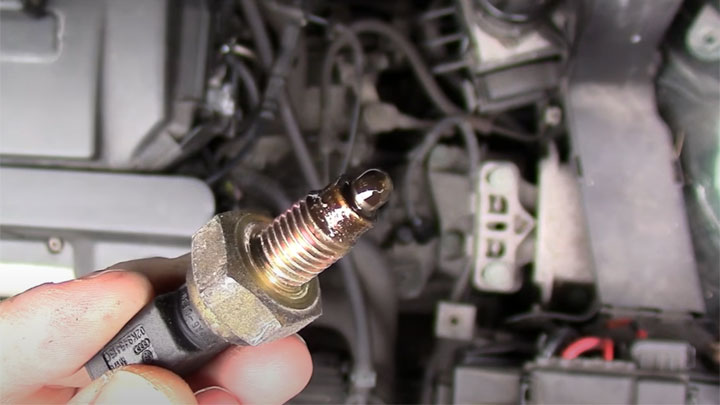
When you put your vehicle in reverse, the lights don’t magically turn on. The reverse light switch completes the circuit and sends power to all the lights on the rear of your vehicle. It’s a pretty simple design, but it’s also extremely effective.
But if the switch ever fails, it won’t be able to complete the circuit to turn on the lights. They can fail in a multitude of ways, and when they do you won’t be able to get the reverse lights on.
#4 – Wiring Problems
To get any reverse lights to work, electricity needs to make it to the bulbs, and the wires take the electricity from point A to point B. Wiring problems range from crossed lines to breaks, and wiring issues can present themselves in many different ways.
They can short out various components, destroy bulbs, or simply keep the power from reaching the intended destination. Unfortunately, wiring problems are notorious for being difficult to track down.
Read Also: 3 Signs of a Faulty Turn Signal Relay
#5 – Defective Gear Selector

If you can’t get your vehicle in reverse, then the problem probably doesn’t have anything to do with the lights. The gear selector lets you control this part of your vehicle, and if it’s not working correctly, you might not be able to get into reverse at all.
When this happens it’s a whole different troubleshooting process, but it’s something you need to rule out when you’re trying to fix the reverse lights.
How to Troubleshoot and Fix
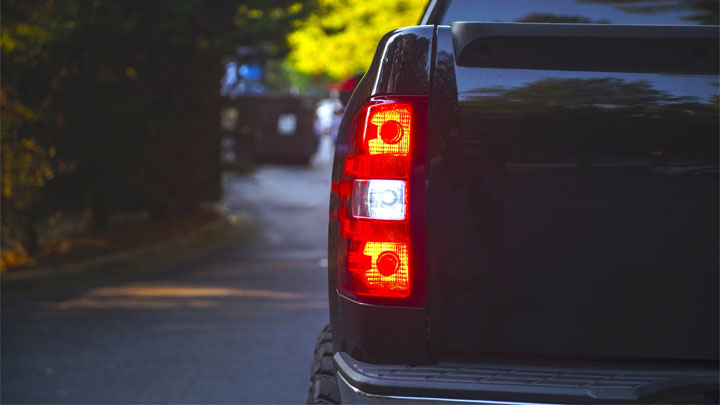
Simply knowing what the problem could be won’t help you figure out exactly what it is. To do that, you need to do a little troubleshooting, starting with paying attention to everything going on.
- Do all the reverse lights not work or just one or two of them? If none of the reverse lights work, start by pulling a single bulb. Look to see if the filament is still intact. If it’s not, replace it and see what happens.
- If the new bulb fails, there’s a short in the system that you’ll need to find. But if it works, you might need to replace all the bulbs.
- If the bulbs check out, move onto the fuse and relay. Simply swap the fuse or relay with one you know is working and see if the problem migrates. If it does, that’s the problem!
- After that, it’s time to move on to the reverse light switch. You’ll need to access the switch while it’s still on your vehicle to test it. Use a test light and put the vehicle in reverse. Check each terminal and see if there’s power there. At this point, there should be power at each terminal.
- Next, put the vehicle into another gear. When you do, there should only be power on one side of the terminal. If the switch isn’t working this way, you will likely need to replace it.
- Finally, it could be a wiring problem with your vehicle. Unfortunately, wiring problems can present in many different ways making troubleshooting difficult. Typically you’ll need to figure out if everything is connected the right way and then check for power along the line until you find a break or deviation.
Where is the Reverse Light Switch Located?
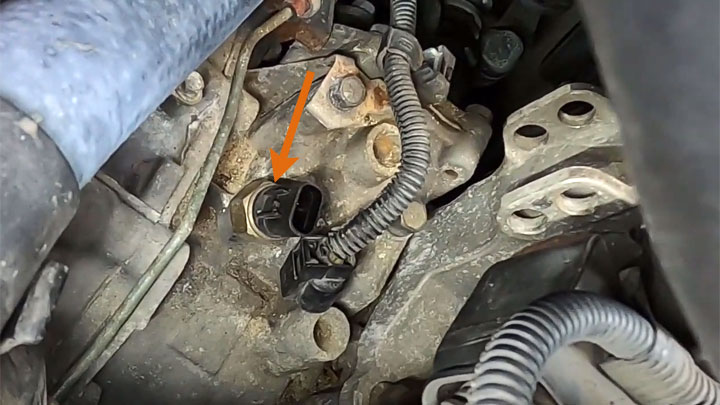
If you’re looking for your reverse light switch somewhere in your vehicle’s cabin, you are way off course. That’s because the reverse light switch is underneath your vehicle by the transmission.
More specifically it’s on the gearbox, which rotates the switch to connect the terminals. When this happens, it completes the circuit and turns on the reverse lights.
Related: Where is the Brake Light Switch Located?
Are Reverse Lights Required by Law?
Yes! While much older automobiles didn’t always come with reverse lights, if you want to drive a vehicle on the road today, it needs at least one reverse light. Not only does the vehicle need a reverse light, but it needs to be operational.
If you’re looking to install an aftermarket reverse light on your vehicle, it’s usually not too hard, and the switch will end up somewhere on the dash.
Reverse lights are an important safety feature on your vehicle and if you plan on driving it on the road, it’s a feature it needs to have.
What if the Reverse Lights Stay On ALL the Time?
If the reverse lights on your vehicle stay on all the time, it’s really no different than not having reverse lights at all. Interestingly enough, many of the problems that make it so the reverse lights won’t stay on can also keep them on all the time. It’s similar to when you can’t get your brake lights to turn off.
Wiring problems can send power to the bulbs all the time, and a defective reverse light switch might not be able to turn the power back off when you take the vehicle out of reverse.
In short, if the reverse lights stay on all the time follow the same troubleshooting steps as if they wouldn’t turn off and you should be able to figure out what’s going on and fix the problem.
- P0521 Code (Symptoms, Causes, How to Fix) - Mar 22, 2024
- How to PROPERLY Clean 5 Types of Steering Wheel Materials - Feb 19, 2024
- What Should You Do If Your Check Engine Light Comes On? - Nov 6, 2023

My rh side reverse light stopped working after a car drove into me. The damage is lower than the light itself. Could the bump have knocked the light out?
It sure could. The bulb could’ve broken or gotten disconnected. They’re not hard to replace.